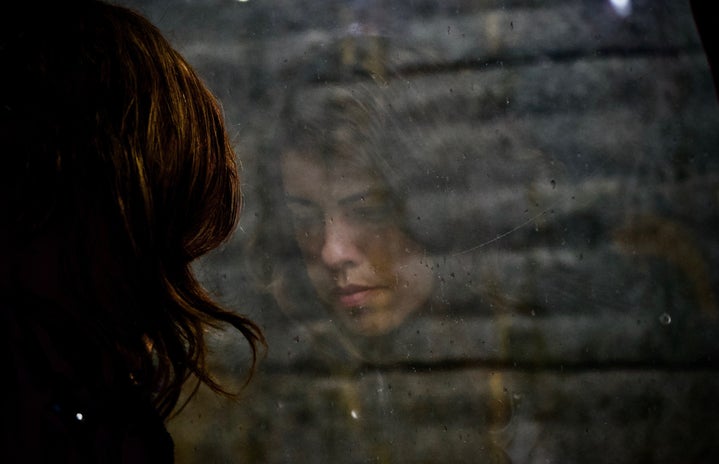All across the United States and Canada, there has been a danger plaguing native women. It doesn’t discriminate between tribes, social class, financial status or appearance. It has been labeled as the epidemic of missing and murdered Indigenous women. Women have been assaulted, murdered, and raped. They have received little to no justice from law enforcement. But this is not new. This treatment has been going on since the late ‘70s and early ‘80s. In 2016, the US Department of Justice estimated that there were approximately 5,700 cases of missing indigenous women and girls, but only 116 cases were logged. A sense of apathy often surrounds these cases, with it being concluded that the missing Indigenous woman simply ran off to work in the sex work industry in the larger cities or became a drug-dependent runaway.
One of these women is Loretta Saunders. She was a 26-year-old Inuk woman, studying criminology in Halifax, Nova Scotia. She was about to finish her dissertation on missing and murdered Indigenous women. She planned on becoming an advocate against the violence being afflicted towards her people. Instead, she was killed by her two roommates for demanding an overdue rent payment. She was stuffed inside a hockey bag and dumped on the Highway of Tears. The Highways of Tears is a freeway in Canada notorious for being littered with the bodies of Indigenous women. While Loretta Saunders received justice, many indigenous women do not. According to the CBC news Missing & Murdered: The Unsolved Cases of Indigenous Women and Girls database, there are 308 unsolved cases. And every year this number grows as cases are reported and bodies are found. Unfortunately, many cases are never reported or taken seriously by law enforcement.
The Indigenous people of the United States and Canada have historically been subject to violence and brutal assimilation tactics. In Canada, the residential school system was a form of assimilation for Indigenous communities in the 1870s. The schools were rampant with sexual and physical abuse, including child molestation and starvation. When children, terrified and scared from the treatment, ran away to their native homes, the government would track them down bring them back to the schools. Though efforts have been made recently to address the abuse, the trauma is still there. The last residential school was not closed until 1996.
Native people have been considered less than in the eyes of the governments of the United States and Canada since the founding of these countries. They have been ripped away from their homelands and abused in the name of assimilation. Their communities are rampant with addiction and health issues and there is little care for their well-being. Through this, the women of these communities are being murdered for something as simple as a rent payment. These womxn had families and were mothers, sisters, aunts and nieces. Above all they were human beings. They had lives, plans and dreams. We need to stand up and speak out on behalf of our Indigenous sisters; if we don’t, the original Americans may disappear into nothing.


